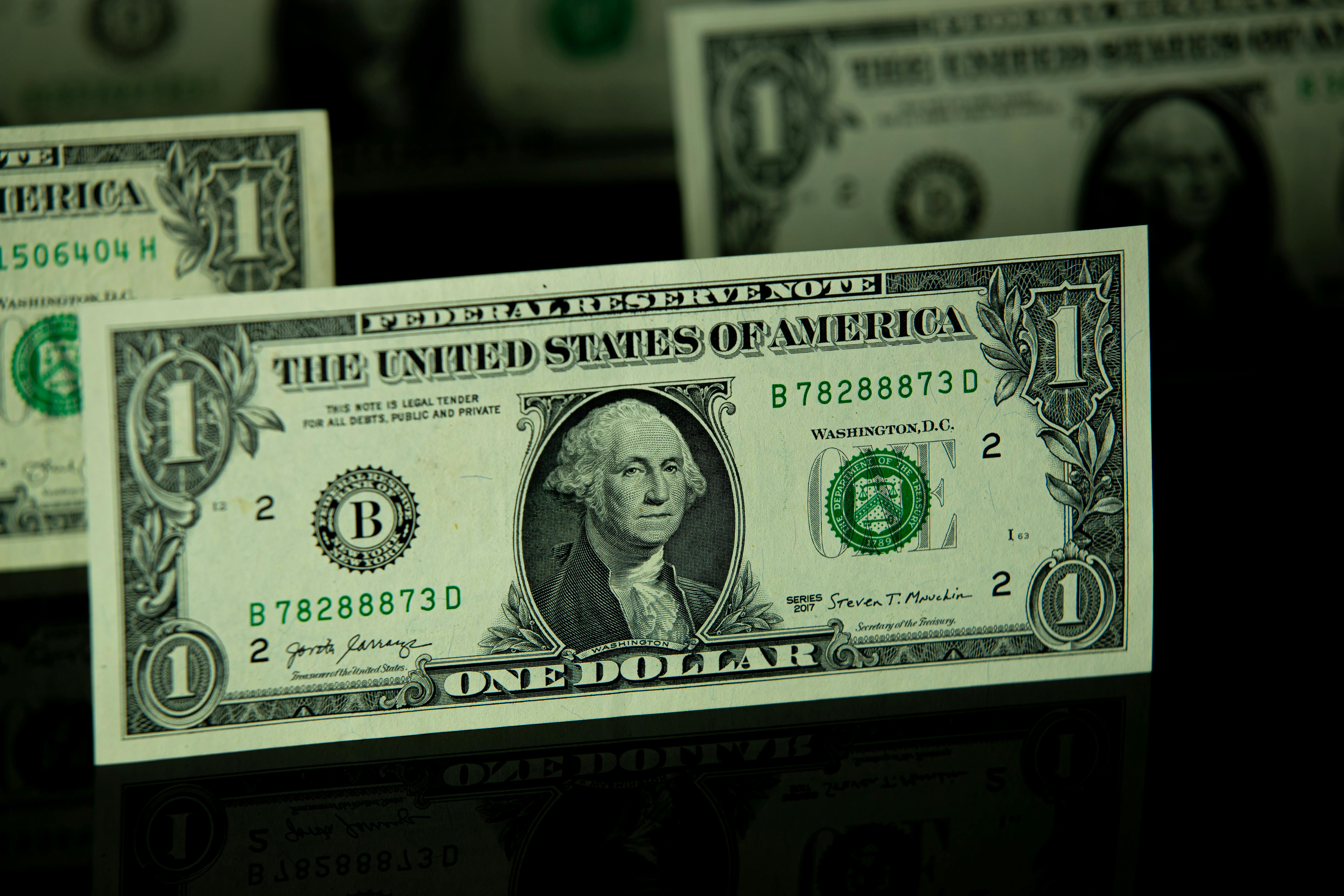The Federal Reserve has been raising its benchmark interest rate several times this year, aiming to combat inflation while maintaining economic stability. This decision comes amid growing concerns about rising costs of living and the potential impact on consumer spending and business investments. The timing is crucial, given the global economic landscape and the need to balance multiple priorities without disrupting financial markets too much.
The Federal Reserve's decision on interest rates is a critical indicator of monetary policy, which significantly impacts economic stability and growth. As central banks around the world monitor inflation and unemployment, the U.S. Federal Reserve’s actions are particularly noteworthy given its influence on global markets. The current federal funds rate has been at historically low levels since 2008, aiming to stimulate recovery but also keeping borrowing costs relatively low compared to historical norms. This scenario creates a delicate balance where any increase could lead to higher inflation expectations, potentially causing deflationary pressures.
Comparatively, the recent trend shows a gradual easing of monetary policies globally, signaling a shift towards less interventionist fiscal and monetary strategies. In contrast, the U.S. remains one of the few major economies maintaining high-interest rates to combat persistently elevated inflation. This divergence highlights the complexities in managing global economic cycles amidst varying degrees of economic stressors. Understanding these nuances is crucial for policymakers and investors alike, as they navigate through periods of economic uncertainty and seek sustainable growth trajectories.
The Federal Reserve plays a crucial role in setting monetary policies that influence economic growth, inflation, and employment levels. One of its most critical functions is determining the federal funds rate, which is the interest rate at which banks lend money to other banks overnight.
Historically, the Federal Reserve has used changes in the federal funds rate to manage economic conditions. For instance, during periods of high unemployment, raising the federal funds rate can help reduce borrowing costs for consumers and businesses, potentially stimulating economic activity. Conversely, lowering the federal funds rate can lower borrowing costs and encourage spending, which may be necessary when there are signs of an economic slowdown.
The Federal Reserve's decisions on interest rates have significant implications for both domestic and international markets. Changes in the federal funds rate can affect stock prices, bond yields, and exchange rates, all of which impact investment opportunities and global trade balances. Additionally, these shifts can influence consumer confidence and business investment decisions, further impacting overall economic performance.
In terms of power dynamics within the Federal Reserve system, the Board of Governors (the Fed) serves as the ultimate policymaking body, but its authority is constrained by Congress through the Federal Reserve Act. The Chairman of the Board, currently Jerome Powell, acts as the principal executive officer and provides guidance to the Federal Open Market Committee (FOMC), which makes recommendations regarding short-term interest rates based on economic projections.
Moreover, the Federal Reserve operates under a dual mandate set forth by Congress: maximum employment and price stability. These goals are often measured against the Consumer Price Index (CPI) and GDP growth. When inflation rises above the target level, the Fed may raise interest rates to cool down the economy and prevent overheating. Similarly, if unemployment falls below the desired rate, the central bank might lower interest rates to boost job creation.
Understanding how the Federal Reserve sets and adjusts interest rates is essential for investors, policymakers, and economists alike. It forms the basis for forecasting future economic trends and assessing the effectiveness of monetary policy interventions. By closely monitoring these key indicators, stakeholders gain valuable insights into the health of the US economy and the potential course of monetary policy going forward.
In an era where monetary policy is pivotal in shaping economic landscapes, the Federal Reserve's decision to raise interest rates has sent ripples through markets worldwide. This move, while intended to curb inflationary pressures, carries significant implications for both consumers and businesses. As we look ahead to future developments, the central bank will need to navigate delicate waters of fiscal responsibility against the backdrop of global uncertainties.
The recent tightening cycle marks another chapter in the ongoing saga of monetary policy adjustments. Historically, such moves have been met with varying degrees of success, depending on their timing and effectiveness. The next few months will likely witness further scrutiny from policymakers as they weigh the impact of rate hikes on economic growth versus potential slowdowns.
As investors and economists continue to monitor these developments, one key question looms large: Will the Fed’s actions be enough to stave off looming inflationary pressures? Or will there be unintended consequences that could disrupt market stability? These are questions that demand careful consideration and nuanced analysis.
Looking ahead, expect continued volatility in financial markets, particularly in emerging economies whose currencies may face increased pressure amid heightened uncertainty. Central banks across the globe must remain vigilant, balancing the need for strong monetary policies with the imperative of maintaining stable financial systems.
In conclusion, the Federal Reserve’s decision to hike interest rates represents a critical juncture in global economic governance. As we anticipate the fallout from these actions, it becomes essential to understand the complex interplay between monetary policy, fiscal strategies, and broader geopolitical factors. Only then can we hope to grasp the full extent of how these decisions might shape our world economy moving forward.










